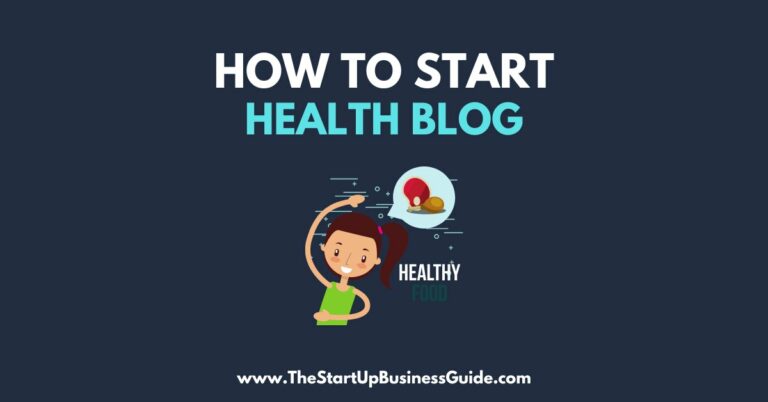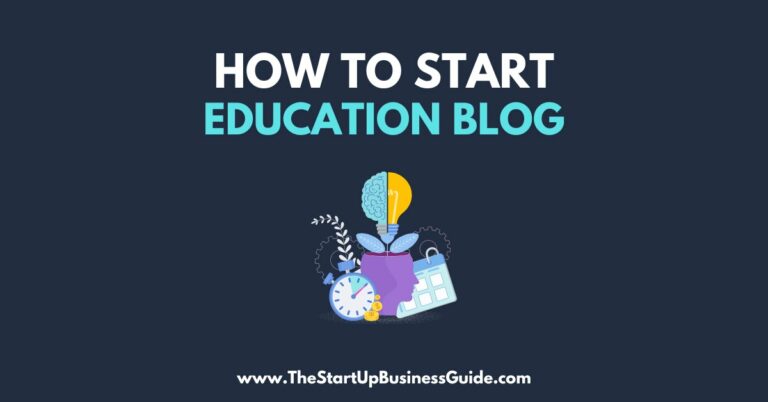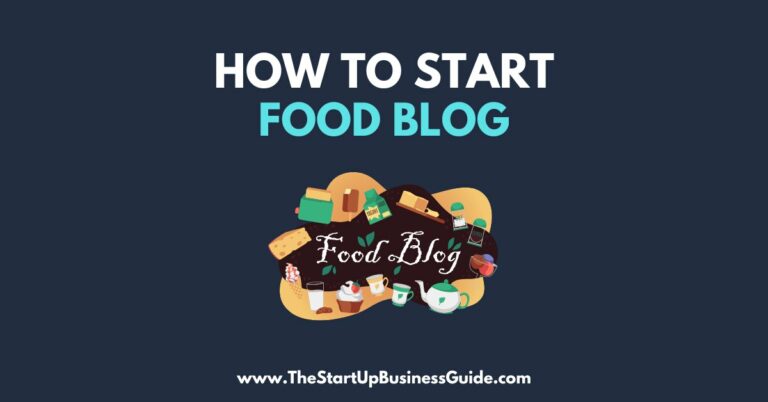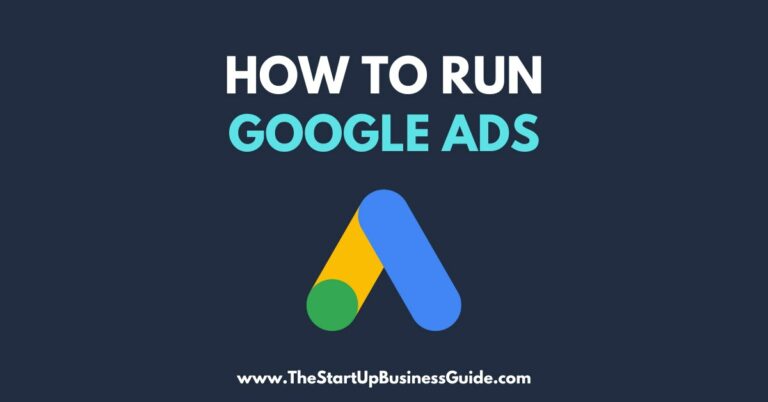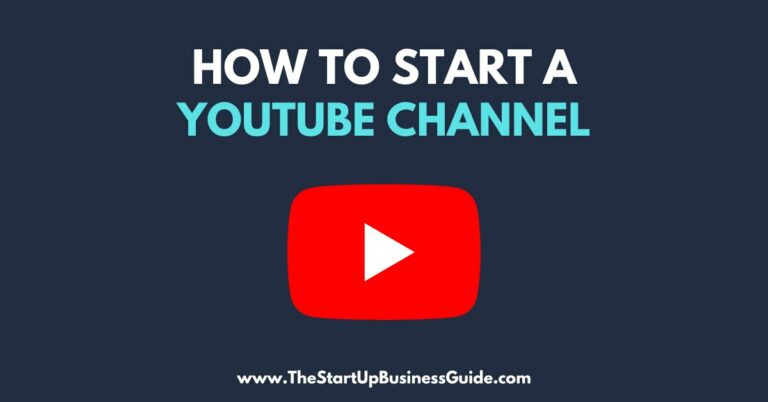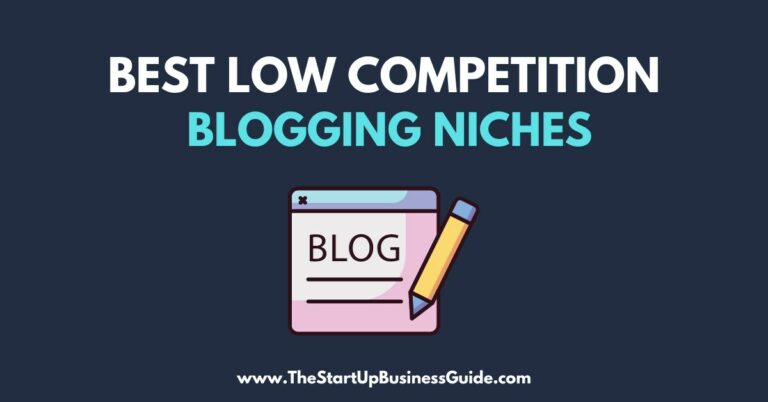How to Start a Personal Finance Blog

Personal finance is a topic that affects everyone, but it can be overwhelming for many people to navigate.
One way to help others understand and manage their personal finances is by starting a personal finance blog.
A personal finance blog is a platform where you can share your knowledge and experience on managing money, budgeting, saving, investing, and other related topics.
In this article, we will discuss the steps to starting a successful personal finance blog and how to make it stand out in the crowded digital space.
Setting up your blog
The first step in starting a personal finance blog is to choose a platform.
There are several popular platforms such as WordPress, Blogger, Wix and Squarespace, but WordPress is the most widely used and offers the most flexibility.
After choosing a platform, you will need to purchase a domain name, which is the address people will use to find your blog.
Once you have a domain name, you will need to choose a hosting provider, such as Bluehost, HostGator, or SiteGround.
Hosting providers will provide the servers where your blog will be stored and make it accessible to the public.
Choosing a Niche
With so many personal finance blogs already out there, it’s important to choose a specific niche within the personal finance space to make your blog stand out.
Some examples of niche topics include budgeting for millennials, saving for retirement, or investing for beginners.
By narrowing down and focusing on a specific niche, you can attract a targeted audience and establish yourself as an authority on that topic.
Creating Content
Once your blog is set up, it’s time to start creating content.
This could include blog posts, videos, infographics, or podcasts.
When creating content, it’s important to focus on providing value to your audience and solving their problems.
Your content should be informative, engaging, and easy to understand.
It’s also important to optimize your content for search engines (SEO) by including relevant keywords, meta descriptions, and alt tags.
Building an Audience for your Blog
To build an audience for your blog, you’ll need to promote your content through social media, guest blogging, and networking.
You can also use email marketing to build a list of subscribers.
By building relationships with other bloggers and industry experts, you can expand your reach and gain more visibility for your blog.
Monetizing Your Blog
There are many ways to monetize a personal finance blog, including affiliate marketing, sponsored posts, and advertising.
It’s important to be transparent with your audience and only promote products or services that you truly believe in.
You can also offer consulting services, create and sell e-books or online courses and sell your own financial products.
Conclusion
Starting a personal finance blog takes time and effort, but it can be a rewarding experience.
By providing value to your audience and building a community, you can make a real difference in people’s lives.
By following the steps outlined in this article, you can set yourself up for success in creating a personal finance blog that stands out in the digital space.
Keep in mind that the most important thing is to provide value and help people navigate their personal finances.
Also Read: How to Start Fashion Blog and How to Start a Food Blog

